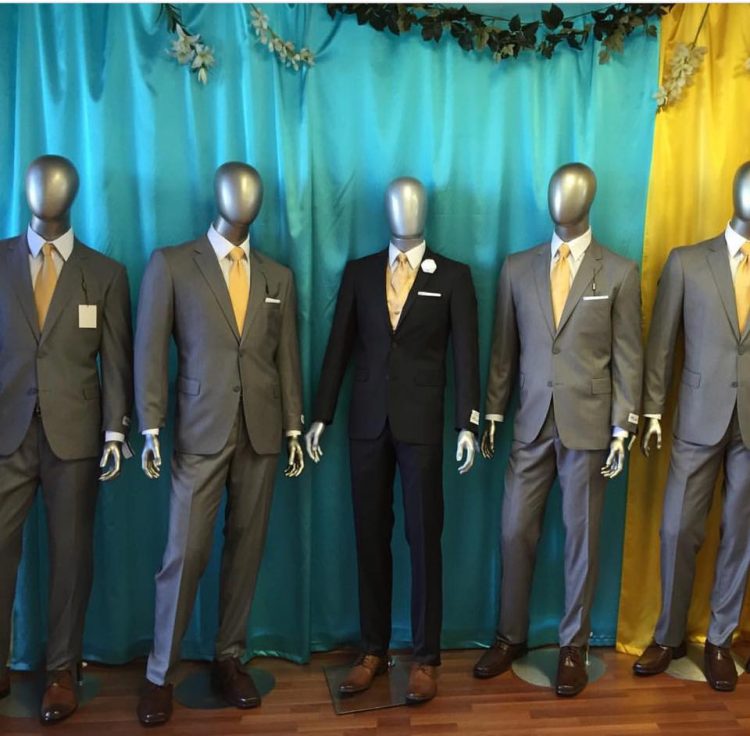Woman Wears Wedding Dress Everywhere a Year After Her Wedding

Determined to get her money’s worth out of the wedding dressed she spent over $1,000, an Australian woman has been wearing her wedding dress everywhere, a year after her wedding. 43-year-old Tammy Hall adopted an anti-consumerism lifestyle in 2016, after a trip to India opened her eyes to how much we as a society consume. […]
Store Owner Fights Consumerism by Renting Out Clothes Instead of Selling Them

Do you buy too many clothes? Or do you often buy new garments only to wear them once before throwing them away? Research shows that you are not alone; a recent YouGov survey in Australia has shown that roughly a quarter of Australians have thrown away an article of clothing after wearing it just once. […]
Illustrator Documents Her Shopping for the Last 6 Years by Drawing Her Everyday Purchases

From everyday groceries to household appliances and rare souvenirs, artist Kate Bingaman-Burt, from Portland, Oregon, keeps track of everything she buys by making silly drawings of something she purchases every day. She started this habit six years ago and has since then published two volumes of a book on the topic, called Obsessive Consumption – […]
Photographic Artist Creates Beautiful Images That Will Probably Disgust You

Chris Jordan is a photographic artist who uses his artworks to bring awareness to a serious problem of our time – consumerism. Seen from afar his images look like modern recreations of famous masterpieces, but as soon as he approaches the viewer is confronted with thousands of photographs of waste assembled into a beautiful picture. […]
